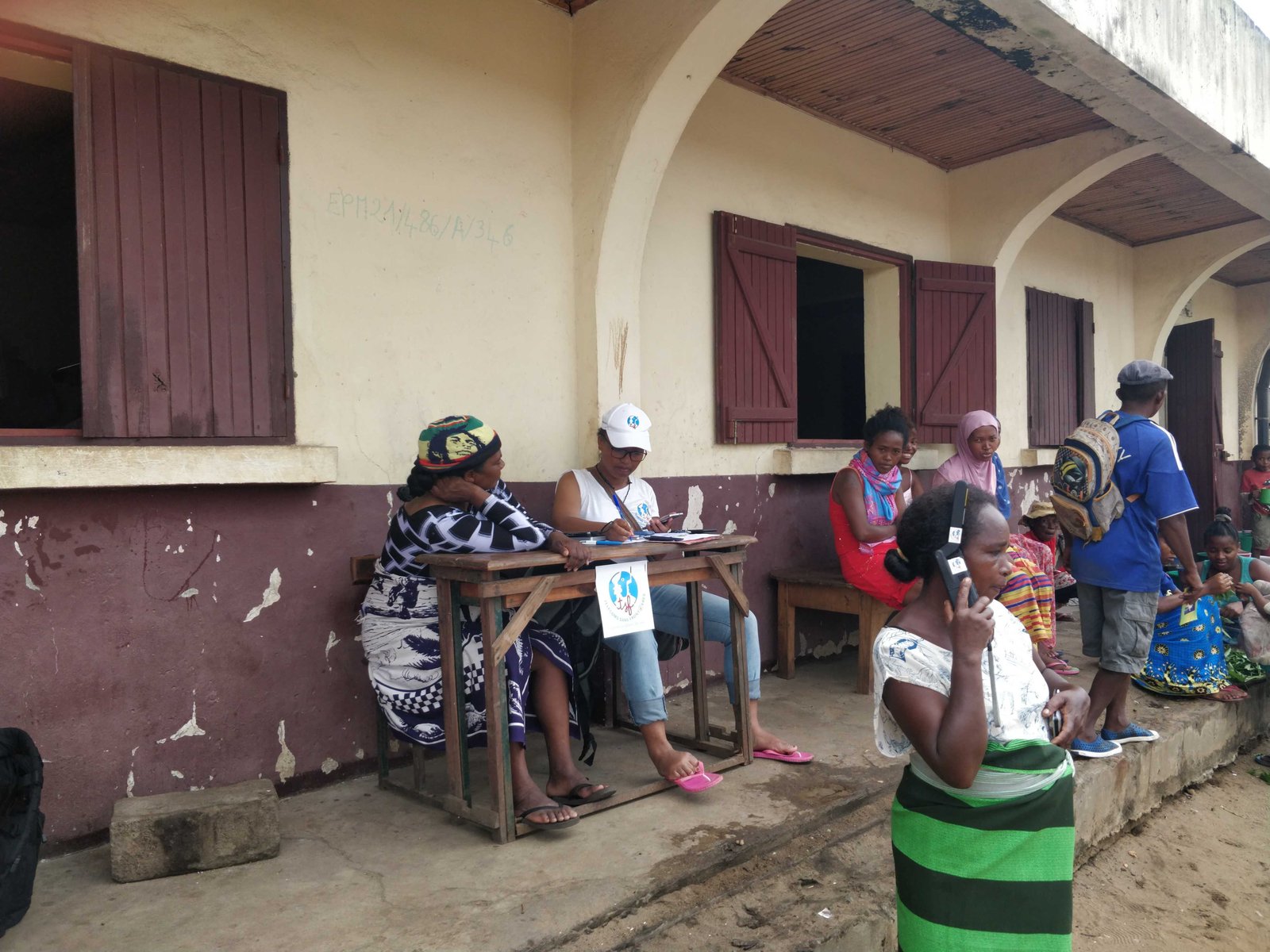Cyclones Batsiraï and Emnati
Context: Cyclone
Start date: 06/02/2022
End date: 08/03/2022
Area of intervention: Mananjary
Activities:
- Support to Humanitarian Coordination
- Humanitarian Calling Operations
Action cofinanced by the New Aquitaine region.
+545 beneficiaries
14 humanitarian calling operations
545 minutes of calls
76 % of beneficiaries who made calls reported it has had a positive impact in their lives
82% of beneficiaries reported having received information they didn’t know before thanks to the calls
51% first calls since the disaster
Context
Cyclone Batsirai made landfall on the east coast of Madagascar on Saturday 5 February, with wind gusts recorded at up to 235 km/h. Less than three weeks later, on 22 February, another powerful cyclone, Emnati, struck the same area. Thousands of people were impacted and displaced.
Rapid Response
Following several days of close coordination with Madagascan emergency response bodies, a TSF team arrived in Mananjary on Thursday 10 February, on the east coast of the country.
Here, nine out of ten houses were damaged, the hospital was non-operational, and five other health centres were completely destroyed.
“As a first step, we helped connect the World Food Programme (WFP) office to facilitate the coordination of their relief operations. In parallel, other TSF experts joined the United Nations Disaster Assessment and Coordination (UNDAC) teams to provide telecom support and connectivity at their coordination centre”
— Florent Bervas, TSF Head of Mission in Madagascar
The connectivity provided by TSF was also used by several humanitarian organisations active in the affected area, including Médecins Sans Frontières (MSF), Médecins du Monde (MDM), and the International Federation of Red Cross and Red Crescent Societies (IFRC).
“We always appreciate TSF’s support during emergencies because we know we can count on their professionalism. They ensure we have a reliable connection to share with all humanitarian partners so they can work, share information about the situation, advocate, and respond to the needs of affected communities”
— Silke Banuelos Kuang, Team Leader, UN OCHA in Mananjary
In parallel, TSF carried out 14 humanitarian calling operations across different areas of the town, giving disaster victims the opportunity to make phone calls to their loved ones.
“I’m very happy I was able to contact my family after the cyclone because our house was completely destroyed. I also received news from their side — they were affected too”
— Julienne, 79, survivor of Cyclone Batsirai
These calls allowed people like Julienne to inform their families, request financial help, and organise a new beginning after having lost everything.
Beyond the psychological relief of reconnecting with loved ones, TSF’s mission offered a vital communication lifeline to request and receive the concrete support they needed — whether to rebuild their lives in Mananjary or relocate to a safer area.
In coordination with local authorities, the National Disaster Management Agency (BNGRC), UNDAC, and other humanitarian organisations on the ground, TSF supported humanitarian coordination and the affected communities throughout the emergency response.

























